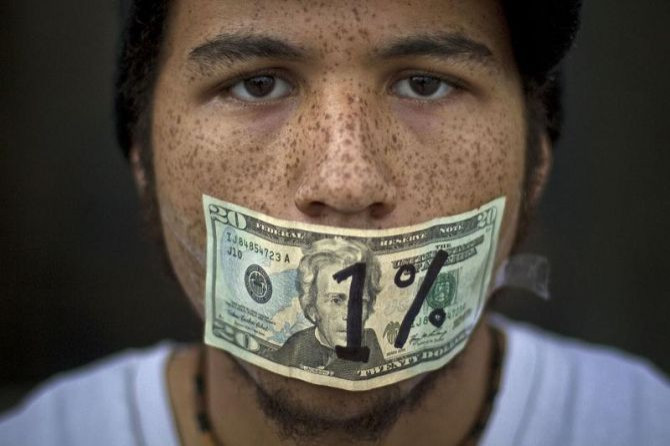Occupied America: Who Are the One Percent?

The occupy movement sweeping the U.S. has pinpointed a specific population, the wealthiest one percent in the country, as the focal point for criticism of the nation’s economic system and the financial services sector.
A new poll released by Gallup attempts to identify the one percent, and results suggest the movement is rooted in issues deeper than typical Republican-Democrat clashes.
While the wealthiest one percent of Americans is more Republican-leaning than all other Americans in their political orientation, Gallup identified a 13-percentage-point gap between the two groups, falling far short of the gaps between them in higher education.
The Gallup analysis reveals that 72 percent of the wealthiest Americans have a college degree, compared with 31 percent of those in the lower 99 percentiles. In addition, nearly half of those in the wealthiest group have postgraduate education, versus 16 percent of all others.
The next-most-significant distinction is marital status, with nearly three-quarters of the very wealthy currently married, compared with half of all others. The very wealthy are also more likely to have minor children in the household.
While all major racial/ethnic groups are represented in the wealthiest one percent, the group is more likely to be white and less likely to be black than the bottom 99 percent.
The poll also identified regional discrepancies, noting higher proportions of the one percent than of the rest live in the East and West, while the one percent is particularly less likely to live in the Midwest.
To obtain the results, Gallup combined 61 of its nationwide surveys conducted between January 2009 and November 2011. The resulting sample includes nearly 400 adults in households earning $500,000 or more annually, and more than 65,000 in households earning less than that.



























